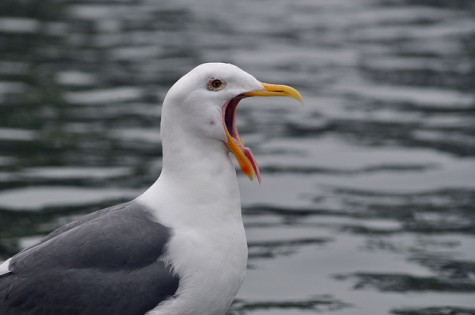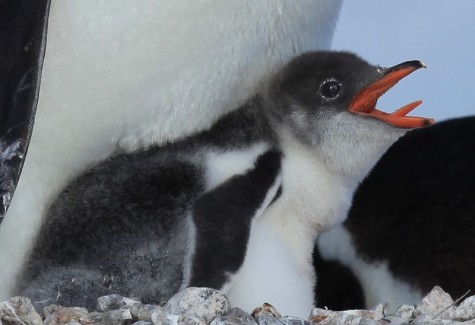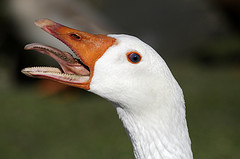 The other day while we were playing at a nearby park, a woman got out of her car and swooped over to where my sons and their friends were trying to flip over small boulders. She had these awesome knee high boots, and bright red lipstick. Seeing her reminded me what happens to everyman hero Emmet in The Lego Movie’s everyman when he first sees master-builder WyldStyle—the world goes fuzzy, and the screen is filled with her smile, her stiffly swooshing hair and an angel choir soundtrack.
The other day while we were playing at a nearby park, a woman got out of her car and swooped over to where my sons and their friends were trying to flip over small boulders. She had these awesome knee high boots, and bright red lipstick. Seeing her reminded me what happens to everyman hero Emmet in The Lego Movie’s everyman when he first sees master-builder WyldStyle—the world goes fuzzy, and the screen is filled with her smile, her stiffly swooshing hair and an angel choir soundtrack.
Now, in the park, the woman pulled out a pair of binoculars and peered up at the sycamores.
After the woman had gone, I tried to explain to the boys what she was doing there. “There’s a strange bird here, and she was here looking for it. People like to look for birds they haven’t seen before.” The bird name? I already couldn’t remember. (I looked it up later: a painted redstart.) I was thinking about that woman’s awesome boots, and wondering if I had awesome boots like that, I could too be a kickass birder.
One of my sons looked at me thoughtfully. He’d caught the birding fever. He would not end up a rock-tumbling delinquent, he would be an ornithologist. Maybe we could travel together in Papua New Guinea or the Falkland Islands. I could wear some great boots.
“Do birds have tongues?” he asked.
I opened my mouth, but nothing came out. I tried to remember what birds looked like. They had beaks, and surely some of them had tongues, didn’t they? Or was I thinking about anteaters? Or was I thinking about boots? “Some of them, maybe.” I said. He went back to his rock project. My visions of world travel with my budding ornithologist, and of my new boots, fizzled.
 A week and extensive Googling later, I can now say this about the search item “bird tongues”: it contains multitudes. A flicker’s tongue has a barbed and sticky tip that can be used to snatch ants from an anthill or slip a bug out of its tree home. Hummingbirds have long tongues that can extend way past their beaks; the two tiny, fringe-covered tips at the end zip liquid nectar up between them. Geese species have spiny-looking tongues; to hang on to slippery, flip-floppy fish, penguins use tongues that look like the “Do Not Enter” spikes in a parking lot. And the rainbow-feathered lorikeets have a fuzzy looking tongue tip that helps them capture pollen and nectar.
A week and extensive Googling later, I can now say this about the search item “bird tongues”: it contains multitudes. A flicker’s tongue has a barbed and sticky tip that can be used to snatch ants from an anthill or slip a bug out of its tree home. Hummingbirds have long tongues that can extend way past their beaks; the two tiny, fringe-covered tips at the end zip liquid nectar up between them. Geese species have spiny-looking tongues; to hang on to slippery, flip-floppy fish, penguins use tongues that look like the “Do Not Enter” spikes in a parking lot. And the rainbow-feathered lorikeets have a fuzzy looking tongue tip that helps them capture pollen and nectar.
 Maybe if I see WyldStyle again, I’ll wow her with the recent paper I read on Muscovy duck, which have, like some other duck species, a shovel-shaped tongue with barbs that can act as a sieve to strain food from the water they suck in when feeding. And duly impressed, she’ll tell me where she got her boots.
Maybe if I see WyldStyle again, I’ll wow her with the recent paper I read on Muscovy duck, which have, like some other duck species, a shovel-shaped tongue with barbs that can act as a sieve to strain food from the water they suck in when feeding. And duly impressed, she’ll tell me where she got her boots.
**
Images from Flickr users Amy (top) and Jamie Taylor (bottom), and from Liam Quinn via Wikimedia Commons
Thanks for the interesting article. The Cornell Lab of Orinthology had 183 results when searching for birds with tongues
http://www.allaboutbirds.org/NetCommunity/Page.aspx?pid=1077&q=birds+with+tongues
They also have a Citizen Science blog at:
http://www.birds.cornell.edu/citsci/